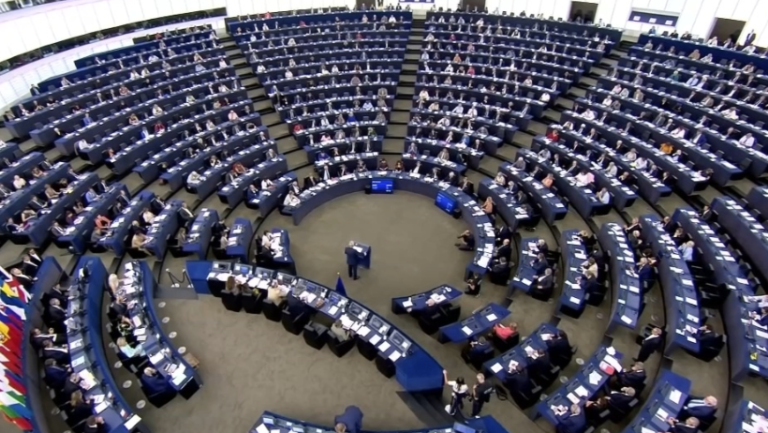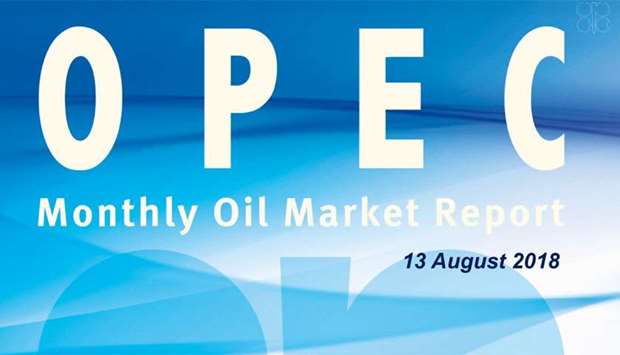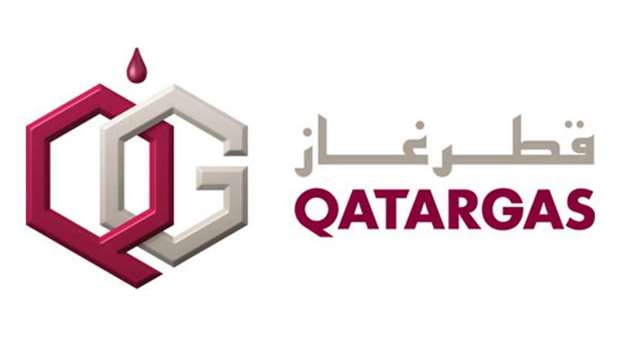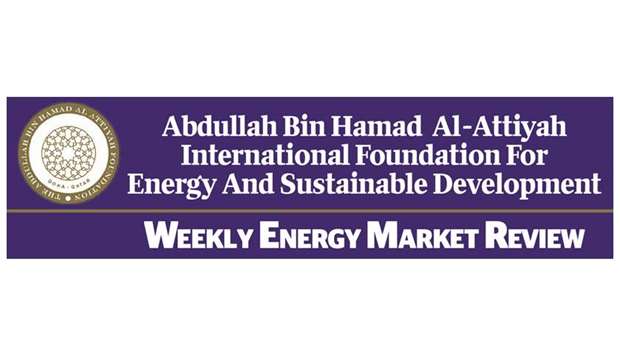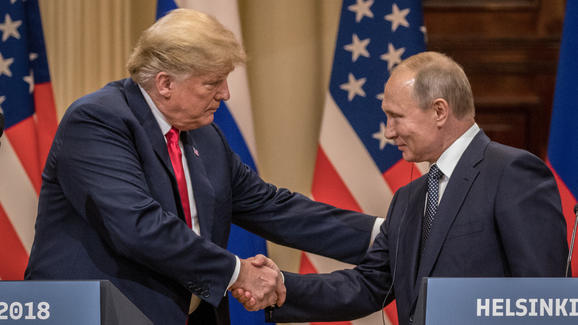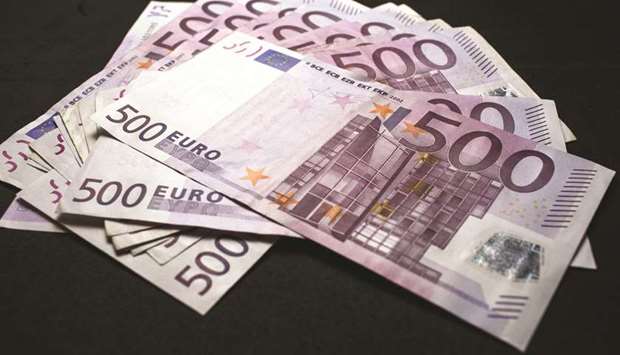Young Saudi pretender’s days are numbered

Hopes that Crown Prince Mohammed bin Salman would be a reformer who could heal the region have come to nothing
irst came the hype, with millions spread around like muck by western PR companies and lobbyists to trumpet Crown Prince Mohammed bin Salman’s world tour last March. He was the coming Saudi strongman, you will recall, all at the age of 32.
Six months on, the realities of his soaring ascent look more uncertain, with even his father, King Salman, beginning to show signs of doubt. Maybe the crown prince has as much substance as a firework?
The king’s brother, Prince Ahmed bin Abdulaziz, a former interior minister, was persuaded last week (in part by the Bahraini and Yemeni protesters outside his London home) to distance the Saud family from Salman and his ambitious heir. Though he has since downplayed his remarks, another exiled prince urged others to move against MBS, as Prince Mohammed is known.
The gap between the crown prince’s hype and reality has become glaring. Remember the high-tech city of Neom, which was to be conjured up on the Gulf of Aqaba? This $80 billion project and the reconfiguration of the Saudi economy set out in MBS’s “Vision 2030” depended on the flotation of 5 per cent of Saudi Aramco, the state-owned oil and gas company. The whole would be valued at $2 trillion and foreign investment would flood in for the entertainment, tech and tourism sectors.
King Salman seems to have cancelled the flotation. A New York float risked Saudi assets being seized because of an American class action against the kingdom for allegedly withholding information about the 9/11 attacks.
There was also criticism within Saudi Arabia of the decision to sell part of the “crown jewels” to foreigners, not least from princes who feared that it would shed light on their opaque perks and stipends. The economist and entrepreneur Essam al-Zamil was arrested for merely tweeting sceptically about the flotation. As for foreign investment, after the detention and extortion of allegedly corrupt Saudi billionaires in Riyadh’s Ritz Carlton hotel $150 billion has flown out of the kingdom, and foreigners are not rushing to invest their own money.
MBS’s foreign policy initiatives have also damaged the kingdom. The war in neighbouring Yemen, now in its third year, is a quagmire of his own making. According to the Brookings Institution, a US think tank, it costs $5 billion to $6 billion a month to wage, with British and US connivance in the form of arms sales and diplomatic support. More than 10,000 Yemeni civilians have been killed, 8.5 million face starvation, and the Houthi rebels targeted by Riyadh are growing stronger, not weaker, thanks to support by regional Shias.
The Houthi continue to lob cheap missiles into Saudi Arabia. Each time a US-supplied Patriot missile intercepts them, it costs Riyadh $3 million. How long before a British-supplied and maintained fighter bomber hits a Yemeni bus, hospital or school? Jeremy Hunt, the foreign secretary, will have his mettle tested in a way that his chaotic predecessor never did.
The crown prince’s capricious isolation of Qatar for allegedly supporting terrorism has also failed. It has, however, wrecked the Gulf Cooperation Council in favour of a dodgy duopoly of Saudi Arabia and the United Arab Emirates. There is now desperate talk of excavating a 68-mile canal, costing $750 million, to cut Qatar off from the peninsula, leaving a toxic waste dump and a garrison on the Saudi side.
The Qatari economy has weathered the initial shock of the regional boycott, and Doha has diplomatic support from the likes of China, Iran and Russia, including a deal to supply Beijing with gas for 20 years. Even he Trump administration has thought better of its initial backing of the boycott, much to the embarrassment of Riyadh.
Not much survives either of MBS’s claims as a moderniser. Repression of the Saudi Shia in Eastern Province continues: the latest outrage is the seeking of the death penalty for Israa al-Ghomgham, the first female human rights activist to be beheaded if sentence is carried out.
Allowing women to drive was well advertised, but less publicised was the arrest of 13 women activists who want to abrogate other forms of sexual tutelage that effectively render them children under the law.
There is also repression of prominent Sunni clerics (including an imam and judge in Mecca itself) who have enormous social media followings in the kingdom and beyond. The cleric Salman al-Awda was among dozens detained last year by the new Presidency of State Security after MBS’s designation as crown prince.
The capital charges against al-Awda coincided with the trials of others for alleged association with the Muslim Brotherhood and their Qatari “patron”. Sundry charges include “mocking government achievements” and “offending patriotism and loyalty to the government and the country”. When Awda’s brother Khalid tweeted about the arrest, he too was detained, thanks to the new National Authority for Cyber Security.
MBS is not a reformer and nor is he a strongman since, with a stroke of a pen, his father can alter the succession and strip him of his power. That may happen soon, given the growing clamour from angry princes. Perhaps that is why MBS slept on a heavily guarded yacht moored off Jeddah all summer.
Michael Burleigh is author of The Best of Times, The Worst of Times: A History of Now
